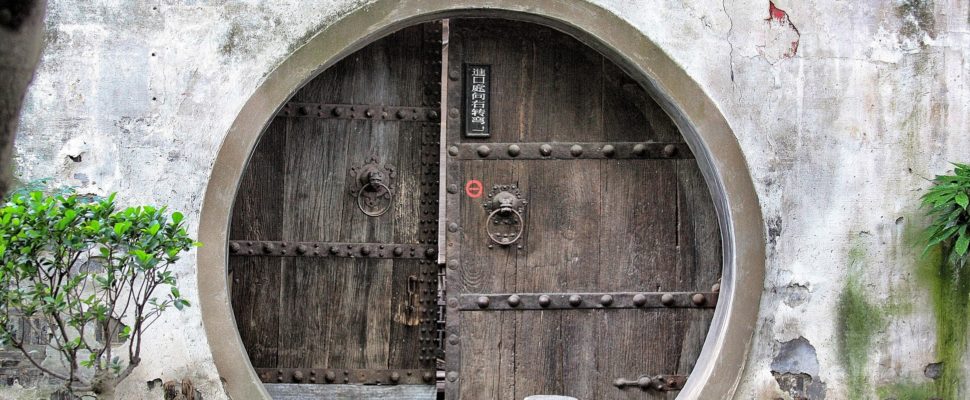In late 2018 China adopted a novel procurement scheme with the aim of dramatically cutting the amount being paid for generic drugs. The policy’s effect on pricing stands to hit domestic generic firms hardest unless they adapt their business models. Big Pharma could also lose out as their off-patent originators stand to lose major market share.
Winner Takes All
China’s newly-formed health insurance watchdog – the Joint Procurement Office (JPO) – has listed 31 drugs for procurement in a pilot programme across all public hospitals in 11 cities (the four directly managed municipalities of Beijing, Shanghai, Chongqing and Tianjin, and seven key cities in other provinces) which together represent around a third of the Chinese drug market.
The procurement process amounts to a zero-sum game, with the successful bidder on a particular drug collecting the entire guaranteed purchase amount from all 11 cities.
Big Pharma bid to supply almost all of these 31 drugs but succeeded in landing only two contracts in their fight against local imitators – AstraZeneca with its EFGR inhibitor Iressa and Bristol-Myers Squibb with its heart drug Monopril.
Low Pricing: A Dilemma
The cut-throat bidding process has seen a race to the bottom on pricing. The lowest tender price was automatically chosen for drugs with three or more bidders, with local media reporting that one company – Chia Tai Tianqing Pharma – slashed its price by 90 percent to win a contract for the hepatitis B treatment entecavir, the generic to BMS’ Baraclude.
This low pricing has already seen share prices of Chinese pharma companies tumble, regardless of whether they won bids or not. Fosun Pharma’s shares dropped 8.6 percent, CRO WuXi AppTec dropped by more than six percent, and Sino Biopharmaceutical – Chia-tai Tianqing’s parent firm – dived 14 percent.
The dilemma for both domestic firms and multinationals is the same: winning such bulk purchase bids means securing a sizeable chunk of the Chinese market and being able to save on marketing outlay, but the drastic price cuts needed to win these bids put profits under threat.
New Models Needed
The 4+7 policy therefore represents a potential paradigm shift for business models in the Chinese pharmaceutical industry. China’s generic firms have long-enjoyed a privileged position whereby they could copy, test and get local permissions for their medicines while multinationals had to wait years for approval to import new drugs.
Big Pharma also benefited from the lack of a centralised quality control system in China. They were able to win more hospital tenders for their off-patent drugs, as they could more easily offer quality assurances for their higher-cost medicines, keeping prices elevated throughout the pharmaceutical sector.
Among the top 100 generic drug makers in China, Chinese firms had a 74 percent gross margin and an 18 percent profit margin in third quarter 2018, compared with a global average of 55 percent and 9.5 percent respectively, according to Bloomberg data.
However, the centralised bulk procurement of the 4+7 policy and its squeezing on prices will force small generics firms to streamline and consolidate. The South China Morning Post posits that those firms with their own research and development pipelines – such as Jiangsu Hengrui, Yipinhong Pharmaceutical, Zhejiang Jingxin, Chengdu Kanghong and Tianjin Lisheng – stand the best chance of survival.
Nevertheless, these domestic firms are up against the sizeable research funds and talent pools of multinationals – which have seen swifter approvals from Chinese regulators in recent years – meaning that these are uncertain times for the future of Chinese pharma, particularly if the Chinese government decides to roll this policy out to other cities.


